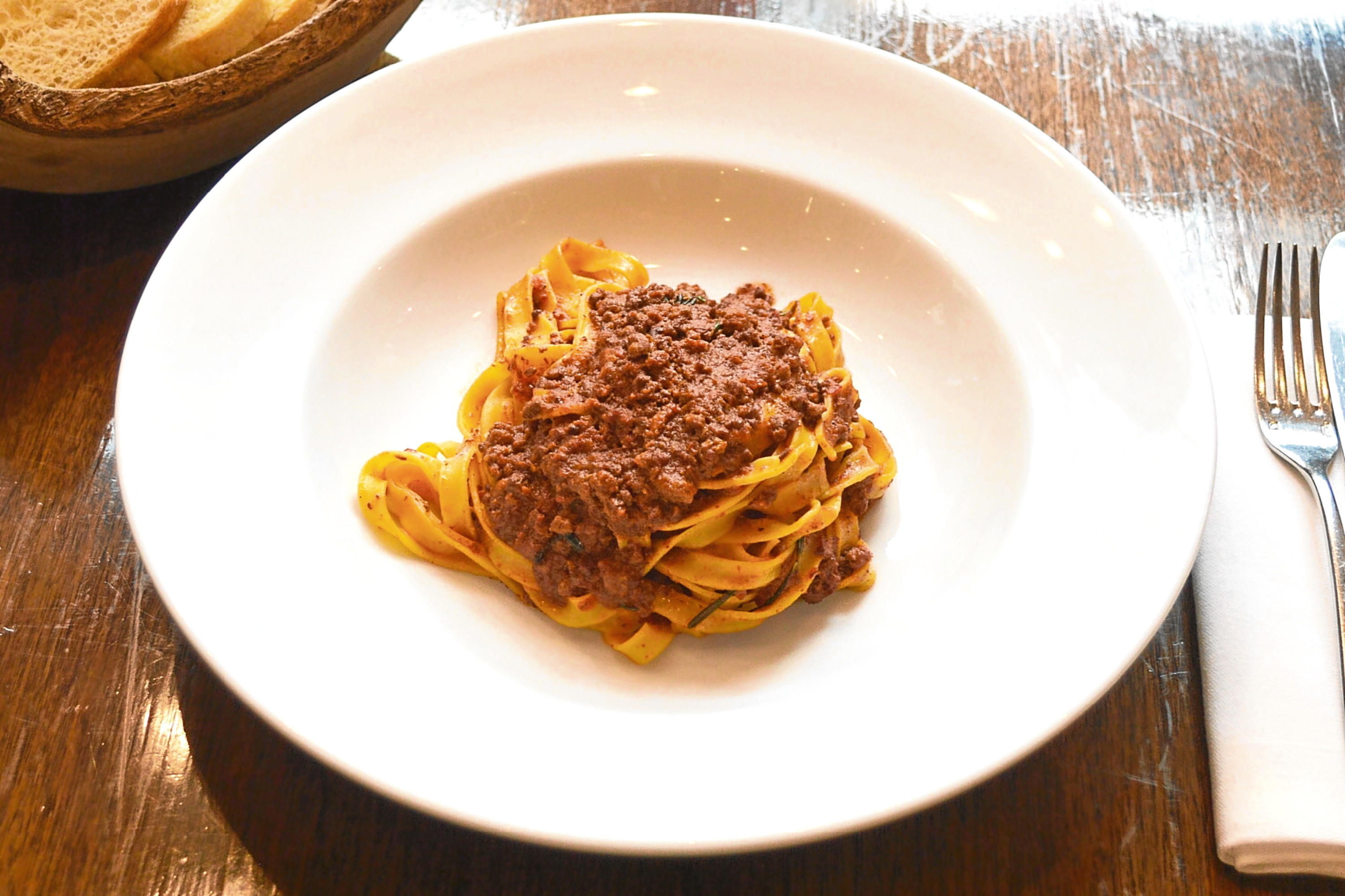
HERE’S a really simple recipe for a pasta sauce that any Italian would be proud to serve!
It’s easy to prepare but the secret is to let it cook for a full three to four hours. It helps to develop the flavours and adds a real richness.
Three to four hours – is it really worth it? Trust us, it most definitely is!
Thanks to Diciannove’s chef Alessandro Bay for this week’s recipe.
You’ll need
500g minced beef
500g minced pork
100g minced cured meat (e.g. Parma ham, pancetta, mortadella)
2 carrots
1 large onion
2 sticks of celery
1 litre red wine
1 large tin of tomatoes
Method
In a large pan heat olive oil, add all the chopped finely vegetables and cook on a very low heat in order to sweat them.
In another large sautéed pan, heat olive oil and start to cook the minced meat in small batches until golden brown.
Once the meat is ready add to the vegetables until all the meat is done. Add the red wine to cover and let it evaporate completely.
Once the wine has evaporated add the tomato sauce. Bring to the boil and, once the sauce has reached the boiling point, immediately turn down the heat to a very gentle simmer.
Let it cook for at least 3-4 hours to intensify the deep flavour, then serve over your choice of pasta and enjoy.

Enjoy the convenience of having The Sunday Post delivered as a digital ePaper straight to your smartphone, tablet or computer.
Subscribe for only £5.49 a month and enjoy all the benefits of the printed paper as a digital replica.
Subscribe